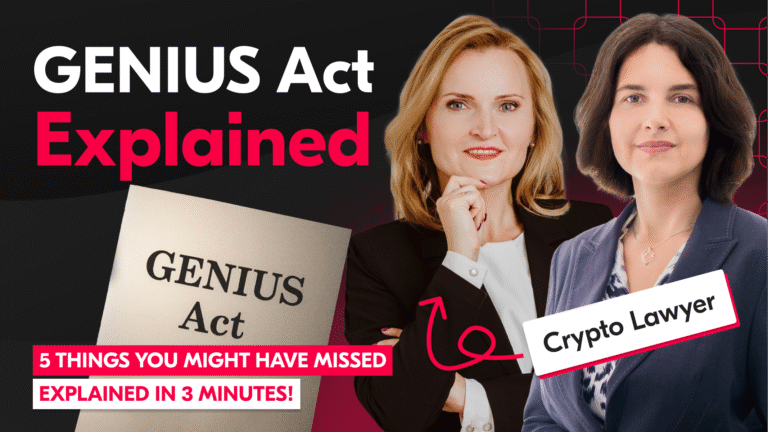Whereas some startups become successful, the truth is that nine out of ten initiatives fail. Introducing a new product to the market is quite risky. In order to minimise the risk, an MVP is created but unfortunately, despite the efforts, some startup owners still fail at this stage.
So, what is an MVP?
Most people think that an MVP is the end product, whereas others think it is a beta version of the final product. However, a minimum viable product (MVP) is a product with just enough features to satisfy early adopters and also to get significant feedback to incorporate it into the final product. It makes potential customers realise what your product is all about.
It is an opportunity to test the waters and garner customer feedback before the final product is launched. Having said that, it is important to avoid these seven development pitfalls so that your MVP will be successful.
1. The Need to Create the complete Product
An MVP is not supposed to be the final product, but it will achieve its goal by subtraction. However, many business owners believe otherwise and tend to include everything the final product should offer. In other words, they don’t just stick to the minimum number of features but include most or all features, also they try to make the design top-notch leaving no space for future changes and improvements.
This stems from the desire to impress the audience. That is why developers feel the need to polish up the user experience, but also more features are added to display the app’s multi-functionality.
Such an approach might turn out to be disastrous especially if the audience rejects the concept despite allocating a big budget. Deciding what features are crucial while developing an MVP depends on two factors:
The feature selection process involves going through the MVP’s goals and objectives as well as customer needs in order to determine only the key features relevant to the goals. Also, outlining each proposed feature and pointing out its specific benefits in relation to the predetermined goals and users’ expectations. This enables you to see clearly and avoid adding unnecessary features at the MVP stage.
2. Striving for Minimalism
But there are always two sides to a story. When you focus too much on minimizing the features of an MVP, you may fall into the trap of excluding the very features that are key for customers. In addition, you might end up choosing the minimal features that are neither in line with your customer’s desires nor with your own goals. As a result, the MVP ends up having minimal features that are useless to potential customers.
As a rule of thumb, remember that it should not just be a minimum but also a viable product.
3. Disregarding the Market Research
Unfortunately, this is among the main reasons why start-ups fail. You need to know your market. Apart from knowing the customers’ needs, desires and wants, you should find out if your idea is innovative or similar to other that already exist.
Unfortunately often, after carrying out market research, some business owners choose to ignore the results altogether. The common belief is that they either know it all or their idea is so unique that will pass the market test anyway. Although there is nothing wrong with believing in your idea, disregarding market research might come at a cost.
Imagine building an MVP only to find out later it isn’t in line with the market’s needs or that it already exists, or that it isn’t unique at all and won’t make a difference in the market. Wouldn’t that be a waste of time, money and resources?
4. Evading the Prototype phase
Prototyping is a very important step while developing an MVP. It is a visual representation of your idea or, in other words, it brings your idea to life, and what is more, it makes the app development process easier. In addition, it is essential as it dispels any doubts the investors might have about the product.
This phase consists of three steps:
- Begin with interface architecture and build a basic structure of your product as well as general information related to it. Remember to include an interaction foundation for your application.
- Build a sketch, build a low-fidelity interactive prototype – a rough wireframe that maps your app’s information architecture and includes interactive elements.
- Finish with a high-fidelity interactive prototype which includes the graphics and interactive elements which allow navigation through the application.
5. Choosing the Wrong Team
Hiring an improper, inexperienced or unprofessional team can be an MVP’s downfall. What is needed is a team of designers, developers, QA engineers and PMs in order to build an MVP. However, if this team does not have top-of-the-notch skills and proficiency, then the development stage will fail.
When you work with an unprofessional team, you are likely to come across two issues:
Missed deadlines. An MVP needs to be developed in a fast-paced environment. There is a need for constant testing and upgrading. An unprofessional team is likely to miss deadlines and in the end slow down the process or miss opportunities all together.
Feedback analysis. Since timing and analysis are crucial for any MVP, then its success depends on the entire team’s competence. If your team is incompetent, once you receive the first feedback from your users, they can be unable to work on a better version. The best development teams focus on the product so much that they might provide some very valuable feedback and insight. They act as consultants both on the technology and the product.
6. Inappropriate Development Method
Developing an MVP successfully is like cooking. If you intend to marinade and roast chicken and then you change your mind and decide on boiling it, you will spoil it and fail. This is the reason why some MVP developers give up halfway through the project.
There are generally two approaches to building an MVP: agile and waterfall. Agile software development is more efficient in this scenario when compared to the waterfall (traditional method) due to its ability to deliver high-quality results week after week. In addition, the agile approach done properly helps avoid bugs and offers adaptability to changing circumstances.
Although the payment structures might not matter, it is worth noting that most companies that offer agile software development are paid per-hour rate while those that use waterfall are paid per-bid basis. When developing using waterfall one might finish up with a product done according to the specs instead of the product that’s actually needed. Each change done outside of the agreed scope might be paid extra. This can affect the development stage where one is unable to pay on time hence delaying the MVP or affecting the relationship with the developers.
7. Ignoring analytics and user feedback
One of the main purposes of an MVP is to generate feedback in order to make the final product better. Ignoring feedback renders the whole process useless as it deprives it of its purpose.
Why build an MVP only to ignore feedback later?
Feedback is important as it helps you understand the user better, adjust your product to meet the customers’ needs as well as gauge the audience’s perception of your product. Therefore, ignoring the analytics and user feedback is business suicide.
Conclusion
Developing a successful MVP will increase your chances of the product seeing the light of day in the market. In addition, it might turn your idea into a profitable course. However, not all MVPs are successful. Avoiding these seven mistakes will go a long way toward making your MVP successful at its development stage.



